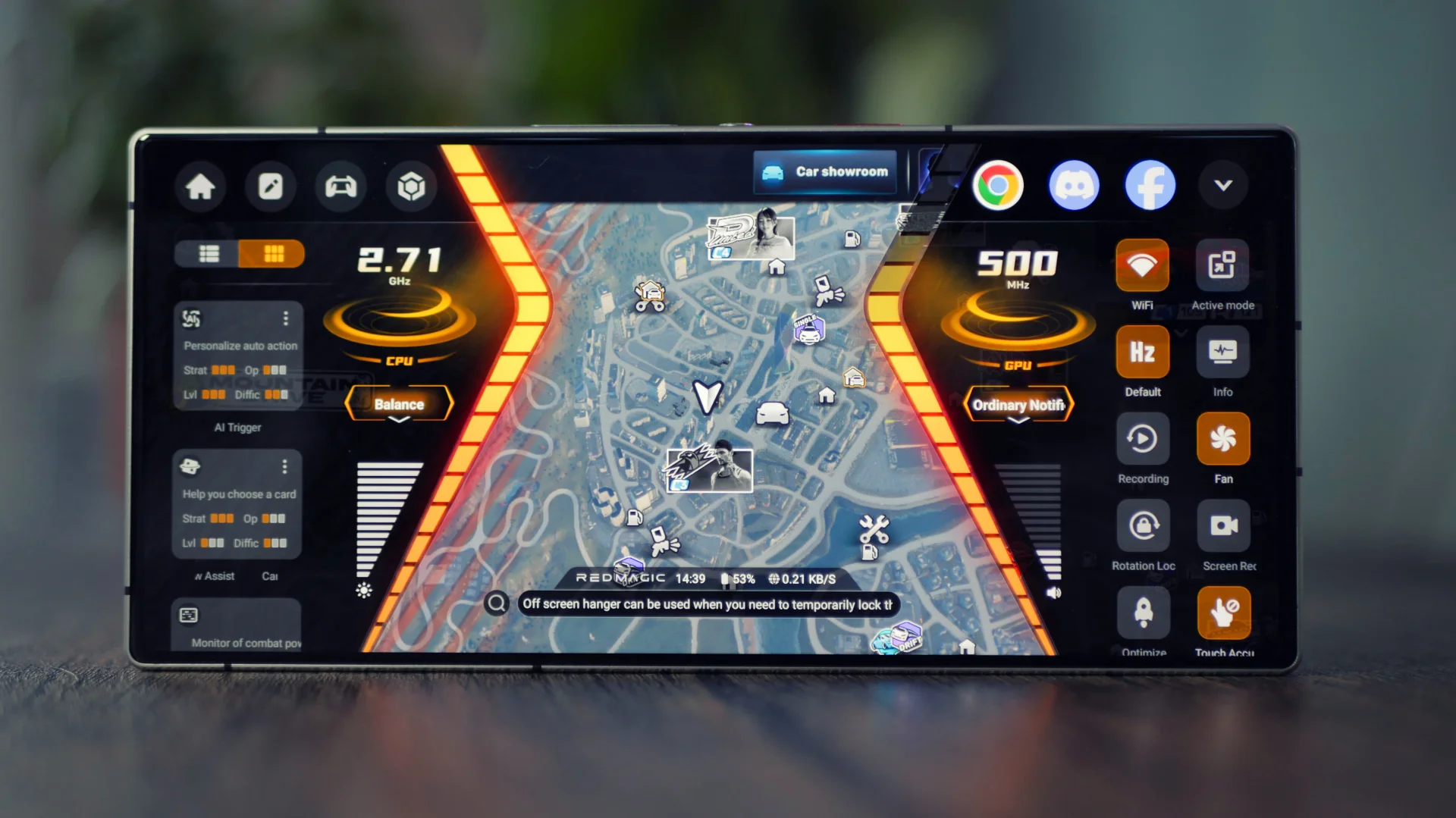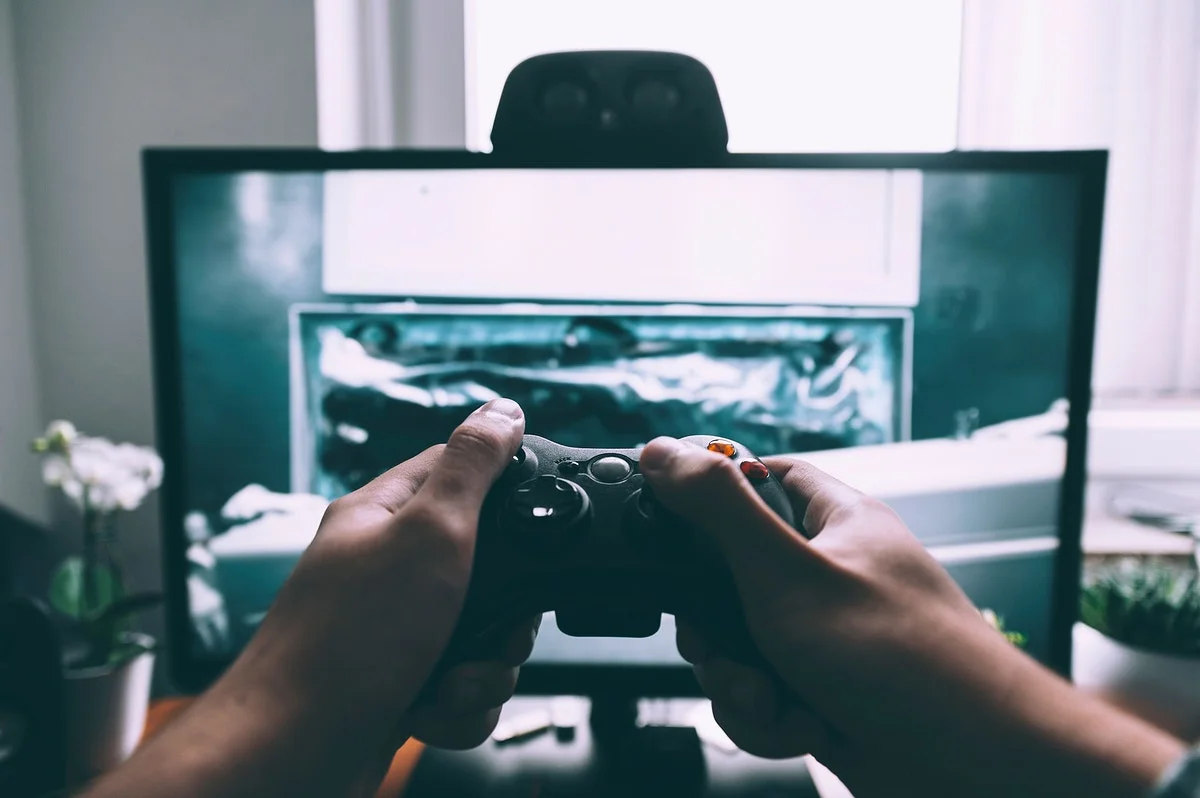Optimizing game performance is crucial for providing a smooth and enjoyable experience for players, especially in HTML5 games, where performance can be affected by a wide range of devices and browsers. Good optimization ensures that games run efficiently, load quickly, and maintain a consistent frame rate. In this guide, we’ll explore key strategies and techniques for optimizing game performance in HTML5.
1. Efficient Asset Management
1.1. Optimize Images and Textures
Large image files can significantly slow down loading times and consume more memory. To optimize images:
- Use Appropriate Formats: Use the correct image format (e.g., JPEG for photos, PNG for graphics with transparency) and consider modern formats like WebP for better compression.
- Compress Images: Use tools to compress images without losing quality. This reduces file size and improves loading times.
- Sprite Sheets: Combine multiple small images into a single sprite sheet to reduce the number of HTTP requests.
1.2. Minimize Audio Files
Audio files can also be large. To optimize audio:
- Use Compressed Formats: Use formats like Ogg Vorbis or MP3 to reduce file size.
- Loop and Trim: Trim audio files to the necessary length and use looping effectively to avoid long, continuous audio files.
1.3. Lazy Loading and Preloading
- Lazy Loading: Load assets only when they are needed, rather than all at once. This reduces initial load times.
- Preloading: Preload essential assets during the loading screen to ensure they are available when needed.
2. Optimizing Game Code
2.1. Efficient JavaScript
- Minify and Bundle: Minify JavaScript files to reduce file size and bundle them to reduce the number of HTTP requests.
- Avoid Memory Leaks: Carefully manage memory by cleaning up unused objects and event listeners.
- Optimize Loops: Avoid complex calculations inside frequently called loops. Optimize loops for performance.
2.2. Efficient DOM Manipulation
- Batch DOM Updates: Minimize the number of DOM updates by batching them together.
- Use CSS for Animations: When possible, use CSS animations instead of JavaScript for smoother performance, as CSS animations are hardware-accelerated.
2.3. Web Workers
For CPU-intensive tasks, use Web Workers to offload processing to a separate thread. This prevents the main thread from being blocked, ensuring smoother gameplay.
3. Graphics and Rendering Optimization
3.1. Canvas Optimization
- Layered Canvases: Use multiple canvas layers for different elements (e.g., background, sprites, UI) to reduce redraws.
- Limit Canvas Size: Keep the canvas size as small as possible to reduce the workload on the GPU.
3.2. WebGL Optimization
- Reduce Draw Calls: Minimize the number of draw calls by using techniques like instancing and batching.
- Optimize Shaders: Simplify shaders and avoid complex calculations in shaders to improve performance.
- Use Level of Detail (LOD): Adjust the level of detail based on the player’s distance from objects to optimize rendering.
3.3. Efficient Animations
- Use Sprite Sheets: For character animations, use sprite sheets to minimize the number of image files.
- Limit Animation Frame Rate: Control the frame rate of animations to balance performance and visual quality.
4. Networking and Data Optimization
4.1. Efficient Data Transfer
- Use Compression: Compress data sent between the client and server to reduce bandwidth usage.
- Minimize HTTP Requests: Combine files where possible and use HTTP/2 to reduce the overhead of multiple requests.
4.2. Caching
- Client-Side Caching: Use local storage or IndexedDB to cache game data and assets, reducing the need for repeated downloads.
- Server-Side Caching: Implement server-side caching for static assets to improve load times.
5. Testing and Monitoring
5.1. Performance Testing
Regularly test your game on different devices and browsers to identify performance bottlenecks. Tools like Chrome DevTools, Firefox Performance, and Lighthouse can help analyze and optimize performance.
5.2. Monitoring and Analytics
Use analytics tools to monitor real-time performance and user behavior. This data can help identify performance issues and areas for improvement.
6. User Experience Considerations
6.1. Responsive Design
Ensure that your game adapts to different screen sizes and orientations. A responsive design improves user experience and can reduce unnecessary rendering and processing.
6.2. Graceful Degradation
Implement fallback mechanisms for older devices or browsers that may not support certain features. This ensures a consistent experience for all players.
Conclusion
Optimizing HTML5 game performance involves a comprehensive approach, from efficient asset management and optimized code to graphics rendering and networking. By following these best practices, you can ensure that your game runs smoothly across a wide range of devices and browsers, providing an enjoyable experience for all players. Regular testing, monitoring, and iteration are key to maintaining and improving performance over time.




